We’re hearing a lot about our pollinators these days and the importance of avoiding pesticides, buying organic when feasible and minimizing bare expanses on our properties.
I’m all for some lawn to walk and play on but I also know how important it is to include flower beds, veggie gardens as well as trees and shrubs in your backyard. The larger the property, the more opportunity there is to increase this biodiversity. These plants (and their visitors) can add to your garden’s beauty, too!

Here are some plants that will support a wide variety of pollinators, from our many native bees and butterflies to the efficient Hover Flies as well as beetles, hummingbirds, moths and wasps. (Did you know many of our wasps are very tiny and only use their stingers to paralyze their prey which are often potential pest insect species?)
See which ones might suit your garden and visual appeal. As you look, notice how the different shapes suit different pollinators – for the size or ability to access the pollen and nectar.
Spring
Spring is a great time for many of our shrubs like Wild Plum and Apple that sport pretty blooms. Some smell lovely and all are a great food source for those pollinators that emerge at this time and are in need of food.
Summer
By the time summer arrives there is an increase of pollinators including more butterflies that are emerging from their dormant state or returning from their overwintering sites (as with Monarch Butterflies). Hummingbirds, too, are now back in many parts of the country although some warmer areas like British Columbia are fortunate to have them pretty much year round!
Autumn
Some pollinators are still active in the early and late autumn. The food from your flowers can make the difference in how well they survive winter or their migration south.

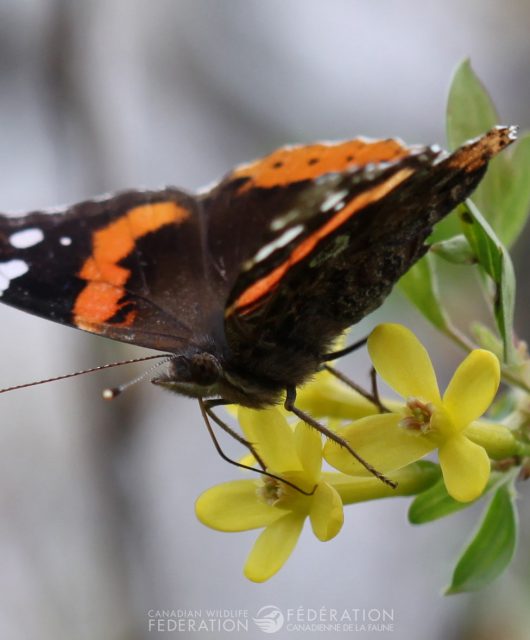
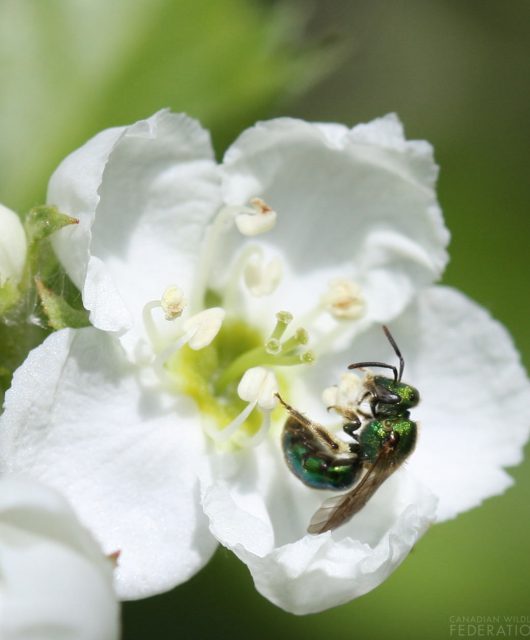
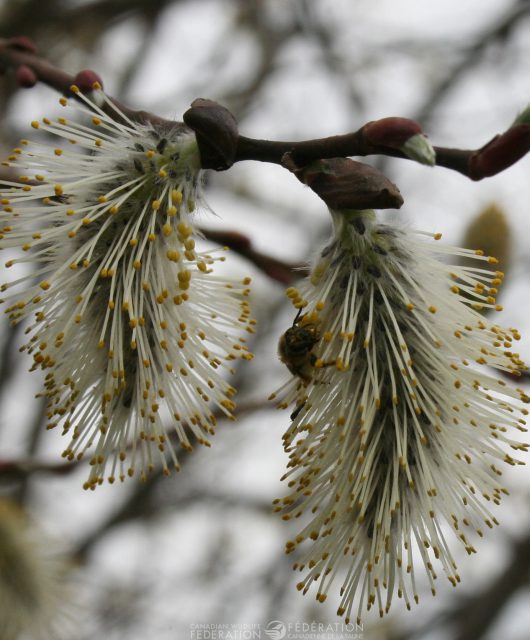
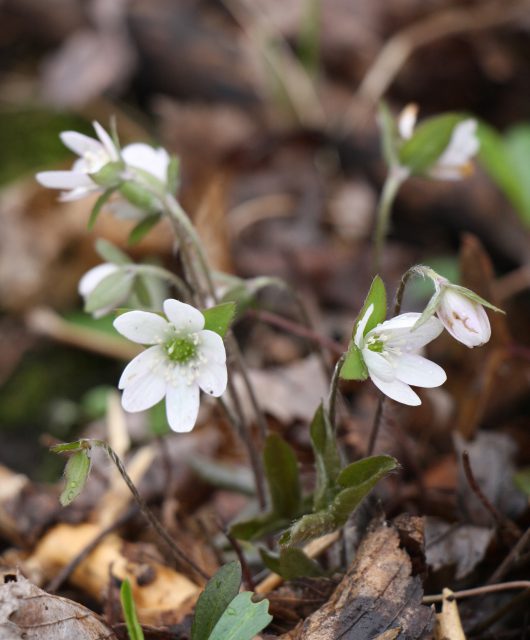
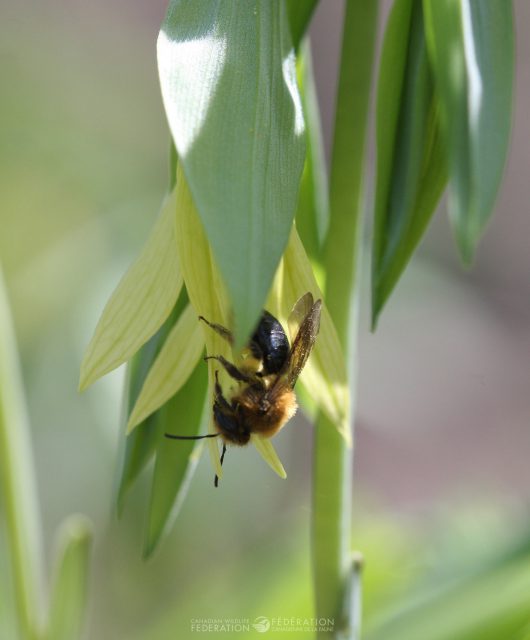
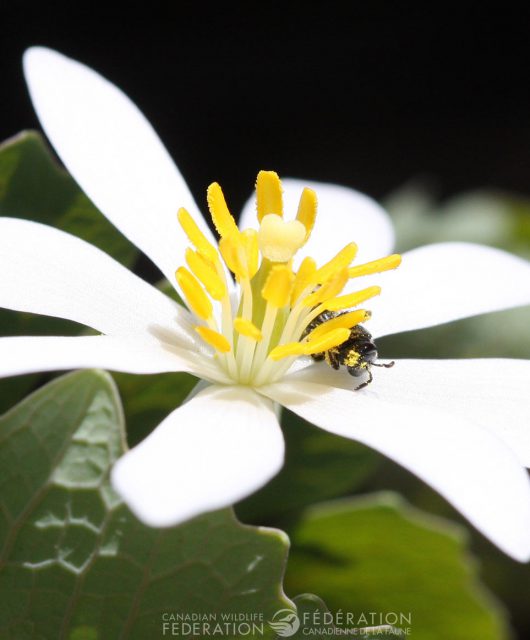
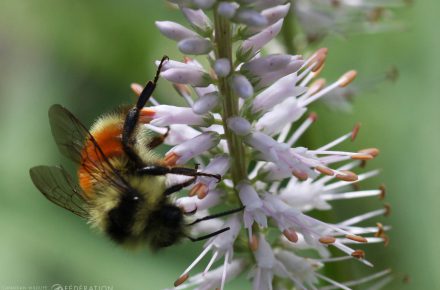
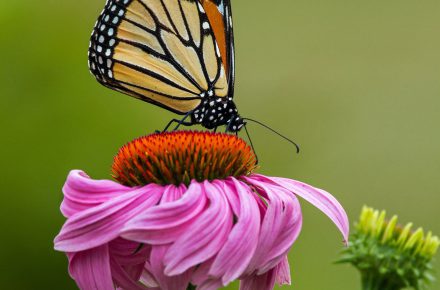

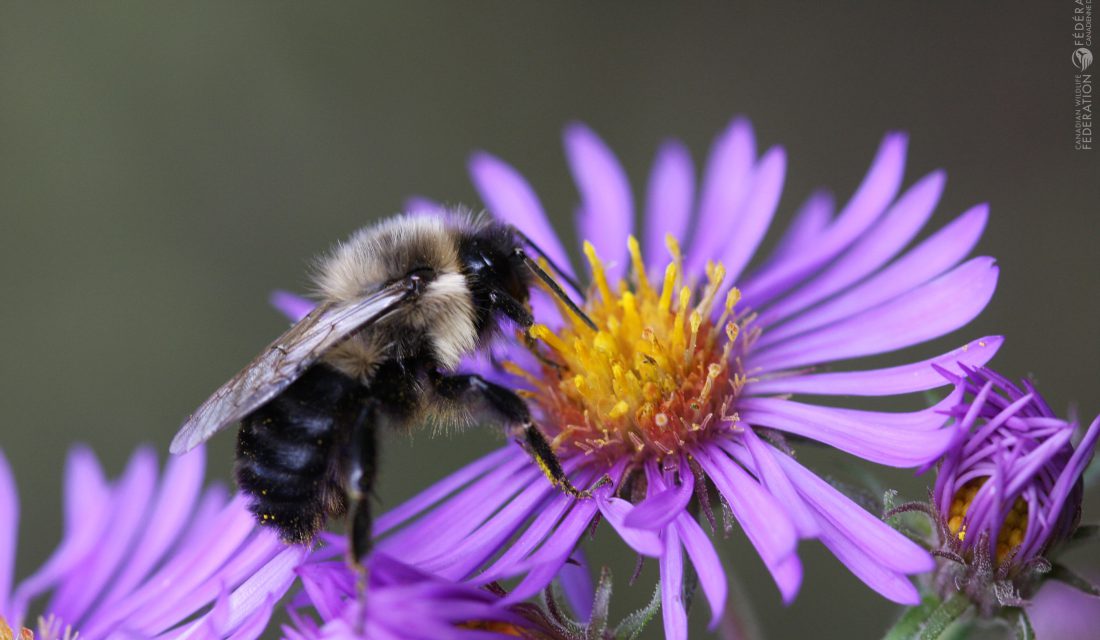
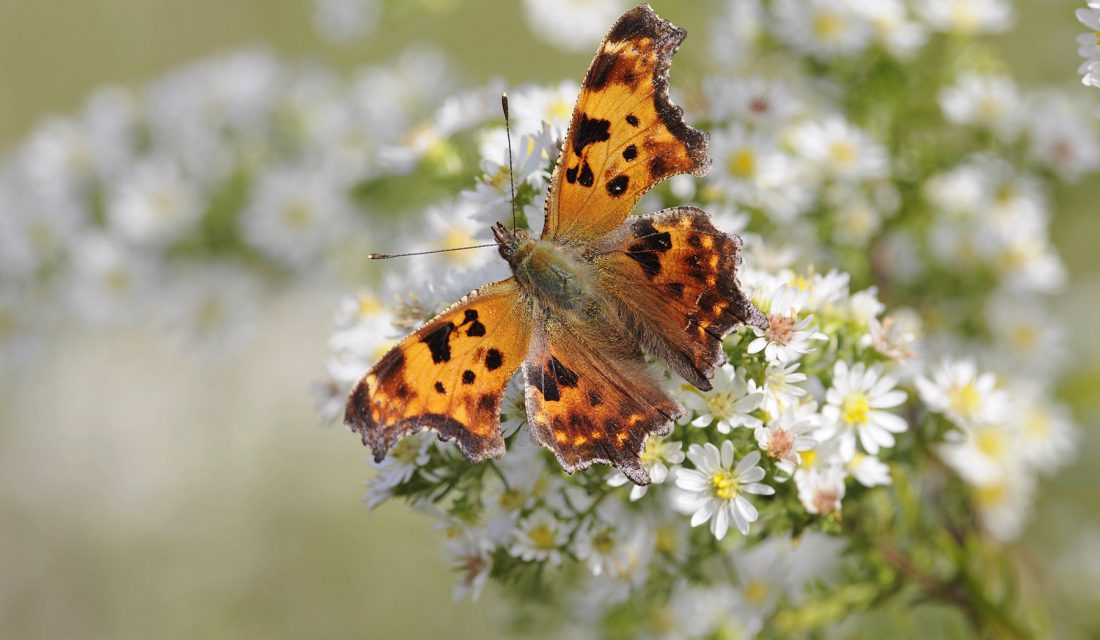
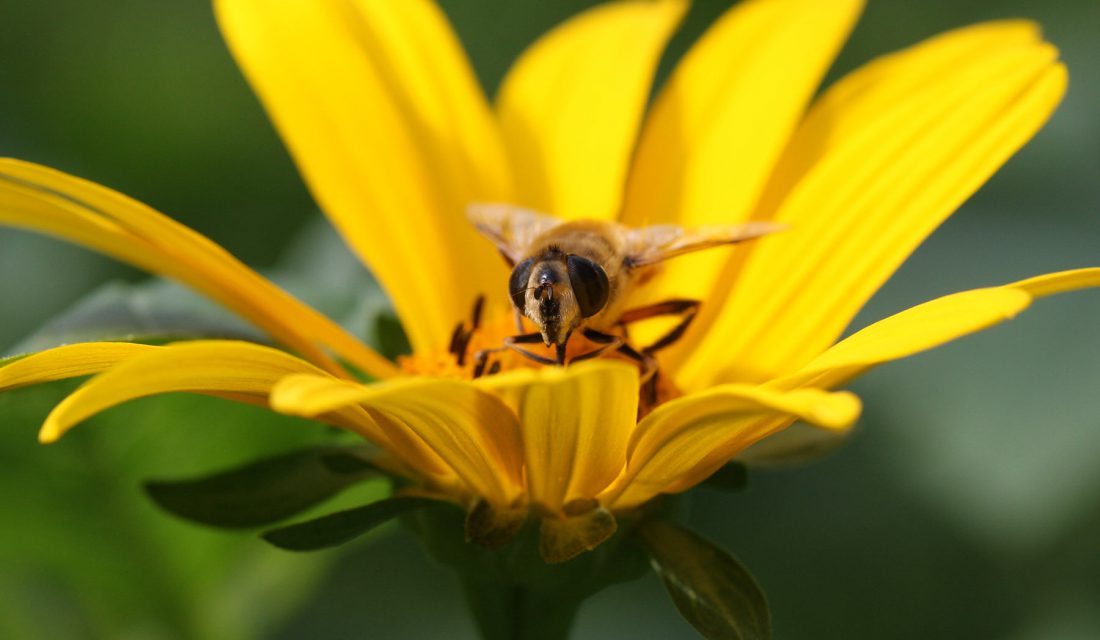
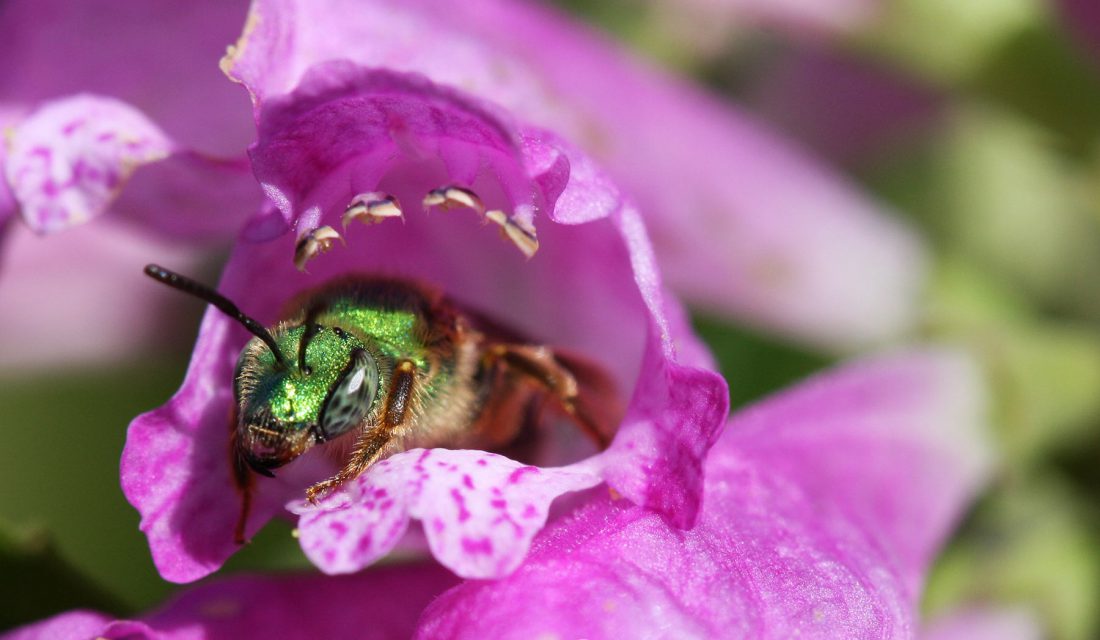
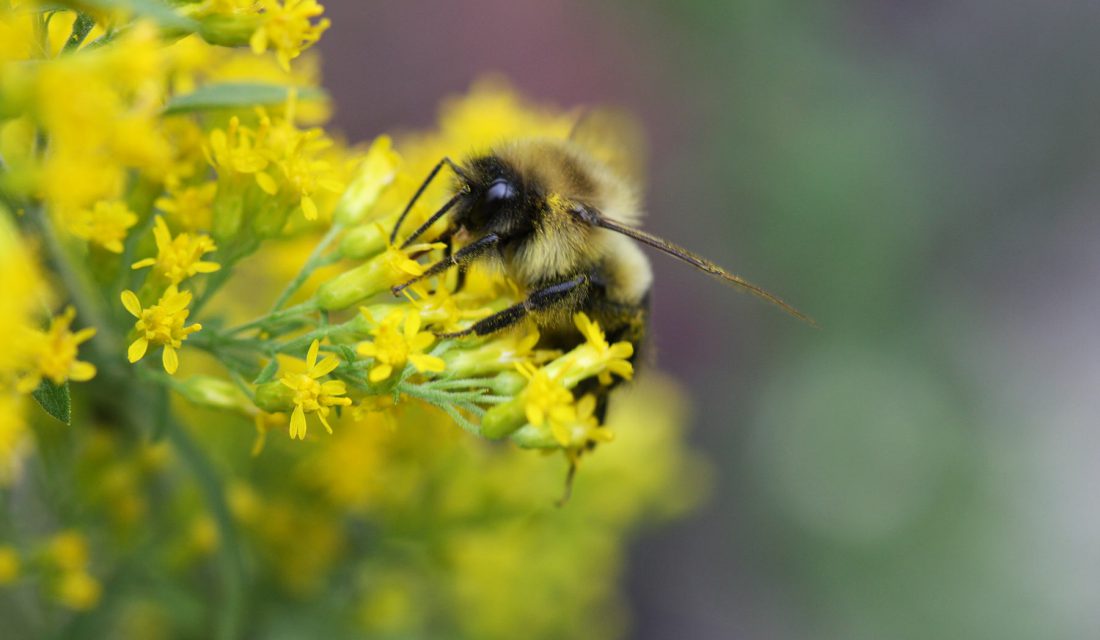
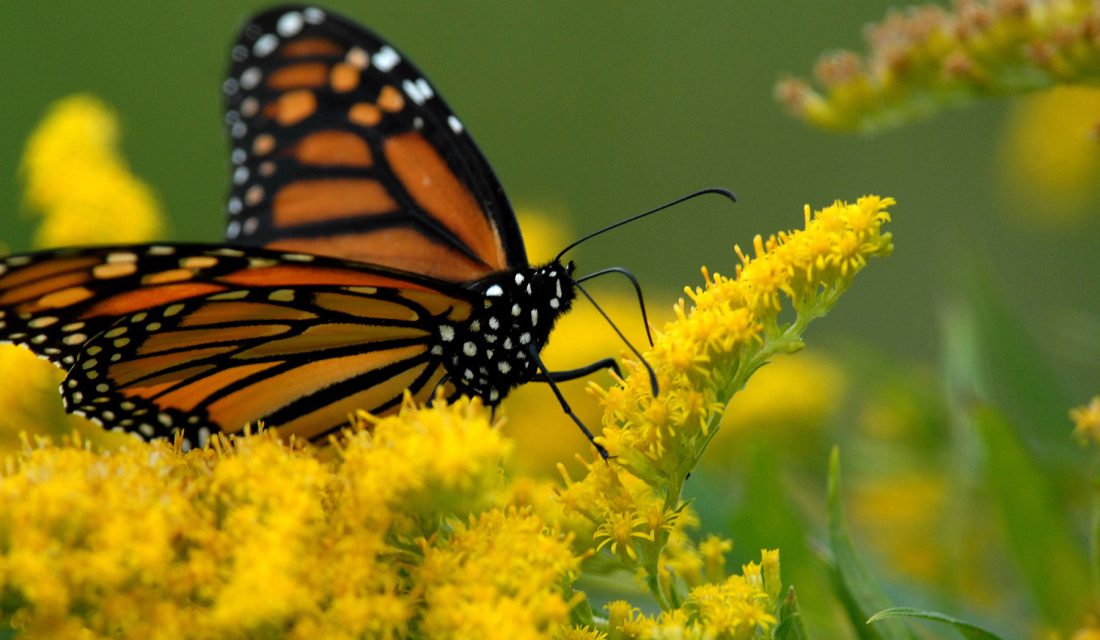

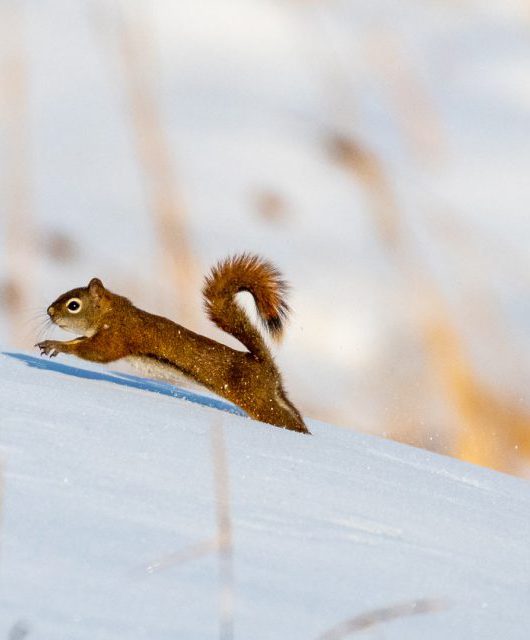
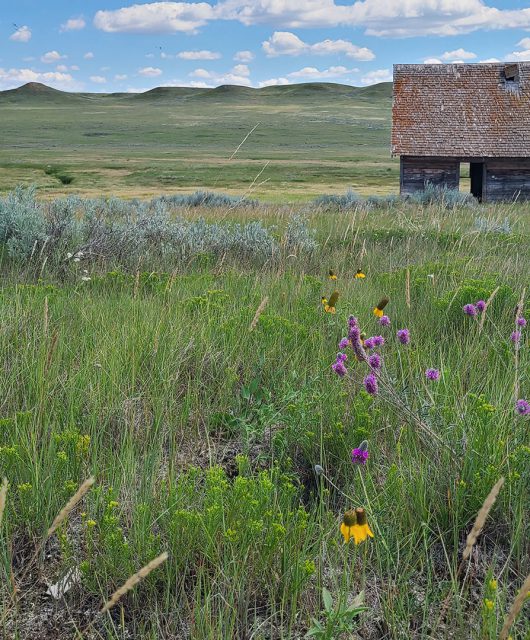
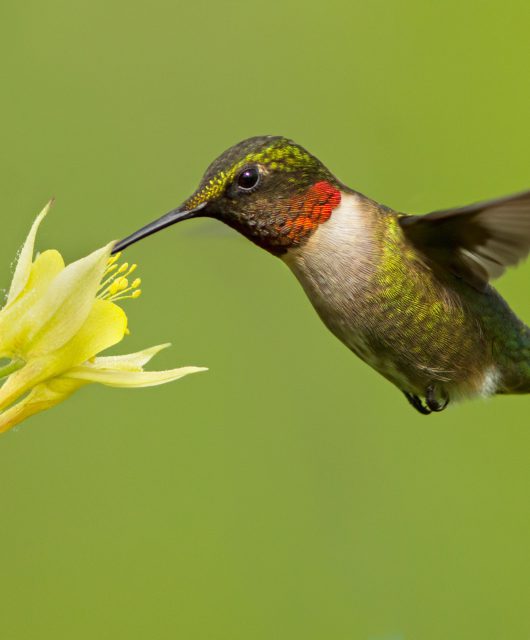
1 comment
Excellent article on pollinators with photos of which insects prefer some flowers over others.